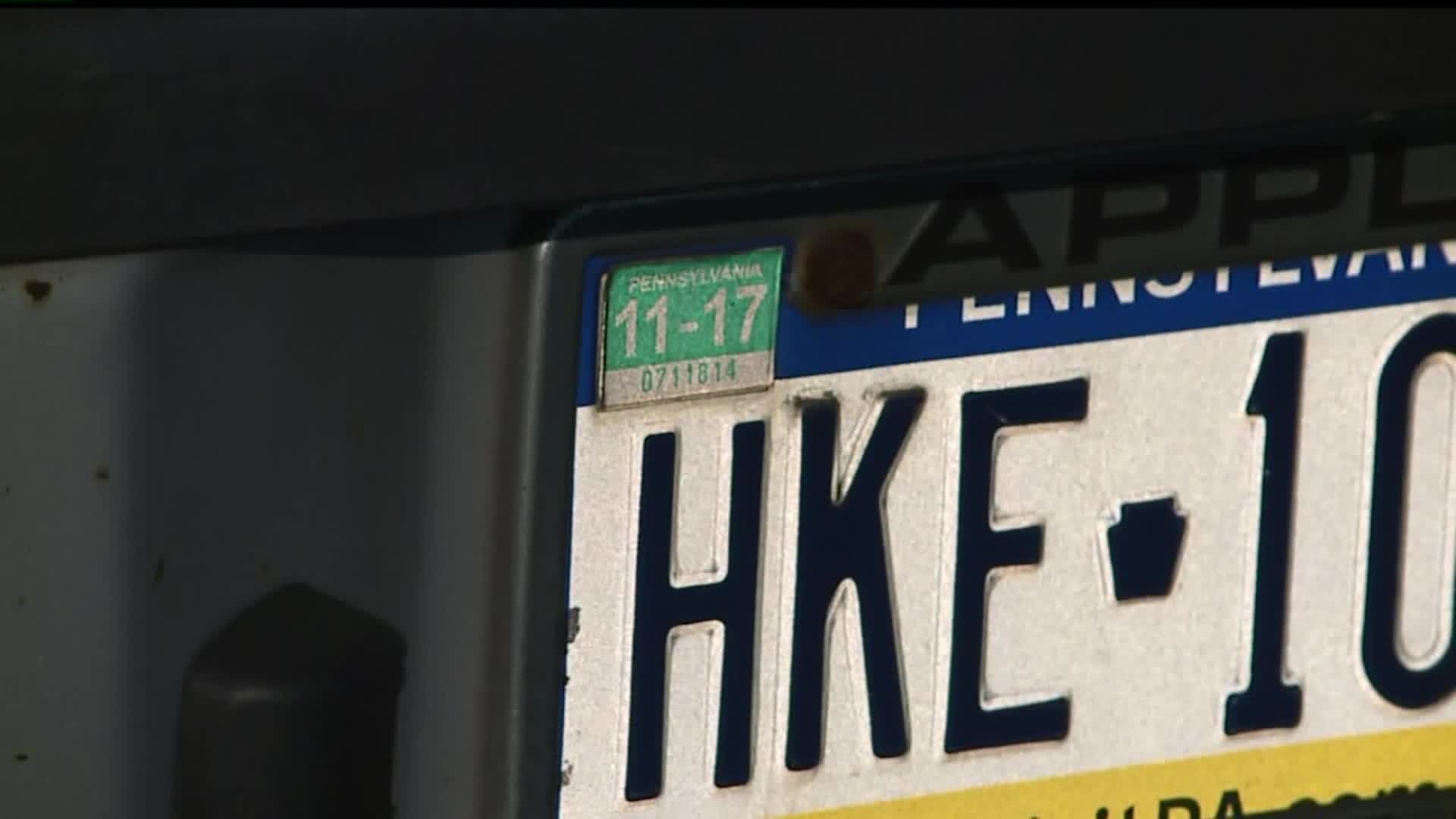HARRISBURG, Pa --- Could license plate registration stickers make a comeback?
Representative Barry Jozwiak (R-District 5) is proposing two-for-one deal.
His proposal would combine vehicle registration and inspections in a sticker on the license plate.
He argues sticker-less plates hinder the work and safety of law enforcement.
He believes it leaves officers without a safe way to check registrations and inspection dates while limiting their ability to pull a vehicle over with probable cause.
The Pennsylvania Department of Transportation (PennDOT) originally eliminated license plate stickers as a cost-saving initiative, with officials saying it has since saved them approximately $6 million.
Officials say the elimination of stickers is also for "customer convenience and modernization of our processes."
"Customers also appreciate having the option to renew for two years. Because PennDOT no longer issues registration stickers, our customers can print their registration card from their home printer when they renew online. Trucking companies in particular, like the program since in the past when a vehicle was renewed it may be across the country creating logistics issues with getting the sticker to the location of the truck. That inconvenience no longer exist. Customers have been clear they like the elimination of the registration sticker and the convenience it has allowed," said PennDOT officials in an email.
Upper Allen Township Police Department in Cumberland County won two vehicles equipped with license plate readers (LPR).
They are front and rear scanners that can alert officers to current suspended, revoked, and expired registrations, as well as stolen cars and amber alerts.
Chief James Adams says their policy is if a plate alerts an officer, they must double-check and verify the scanner through PennDOT before pulling a vehicle over.
Chief Adams also said they plan on adding two more LPR units to the fleet this year.
He added they are expensive units, costing roughly $22,000, apiece.
He said the potential return of stickers wouldn't affect their LPR fleet and that he supports the idea of bringing stickers back to give officers without access to plate readers a visual que.
“An officer has to either manually by virtue of having a mobile data terminal in their car if it’s connected to PennDOT run the tag or call their 911 center and phone it in. When you’re sitting in traffic, that’s very cumbersome when there’s a lot of cars around and constantly being behind a different vehicle,” said Chief Adams.
PennDOT officials say they are not aware of "any recent issues with law enforcement in other jurisdictions related to the elimination of the license plate sticker."
"PennDOT has done extensive communications with law enforcement regarding PA’s elimination of the registration sticker. PennDOT staff has worked with PSP regarding the communications to PA law enforcement as well as law enforcement in other states. PSP has assisted PennDOT in sending out law enforcement messages via law enforcement communication system channels...While there were a handful of situations in the early part of 2017 right after deployment, PennDOT addressed each case on an individual basis; the messaging has been very effective," said PennDOT officials an email statement.
Rep. Jozwiak also argues PennDOT is losing collection fee revenue following the elimination of stickers, saying vehicles simply aren't registered.
He points to a decrease of more than 234,000 registered vehicles in the commonwealth between 2016 (12,066,651) and 2017 (11,832,317).
PennDOT officials say "Registration numbers have not been impacted due to these changes. There has been no “hindrance” to PennDOT, to the contrary the elimination of the license plate registration stickers has allowed PennDOT to enhance efficiencies while offering the customer greater convenience."
Jozwiak also says that amounts to a loss of roughly $22 million.
While PennDOT officials did not readily apply to this assessment, records show in 2018, the number of registered vehicles increased by a little over 204,000 between 2018 (12,036,372) and 2017.

